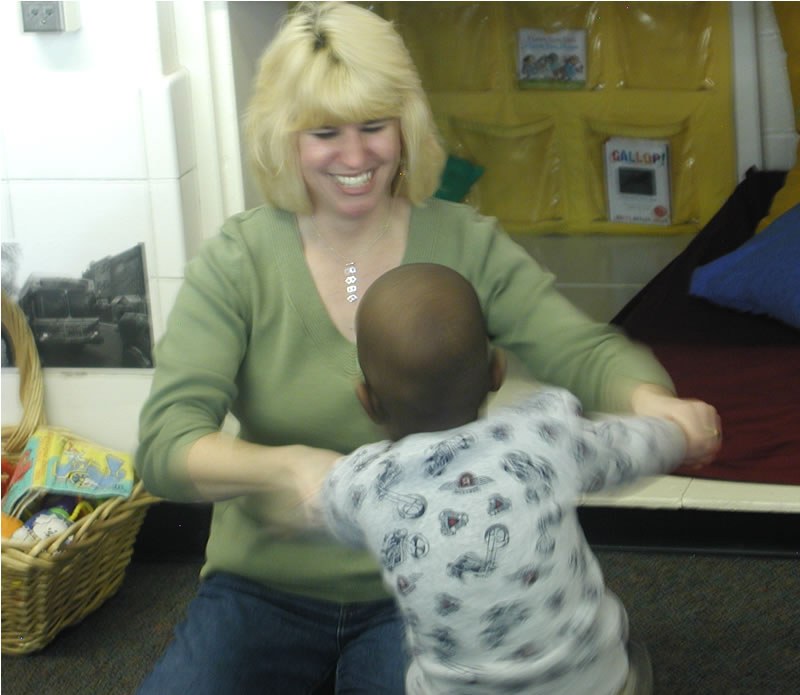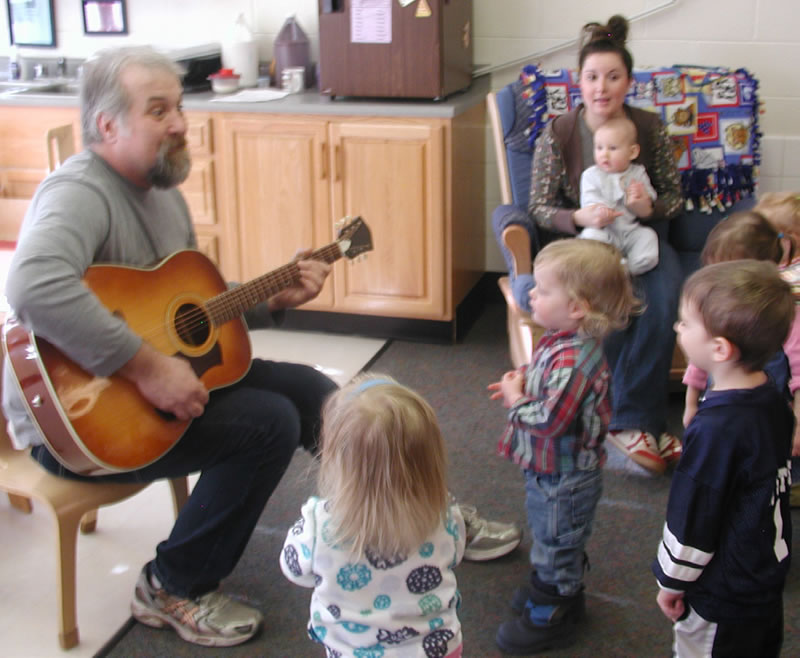Activities. Ways to build movement into an early childhood program to support learning. Dancing is part of our work with young children – we sway with babies, twirl toddlers, and teach fancy footsteps to preschoolers. Studies suggest that movement and dance are not only artistic, athletic, and healthy, but a learning opportunity as well.

Awareness of movement
In order to dance and move, our bodies and our brains must engage the muscles and the actions themselves. For children, there is the connection of cause and effect as well as self awareness - "I'm moving my body and it feels good". Through movement and dance, children begin to learn to control their body.
In the dance world, the term proprioception is well known. Proprioception can be described as feeling what you're doing, awareness of the space around you, the sense of where one's body parts are situated in space, your balance, and joint, tendon, and muscle position. According to some neuroscientists and developmental specialists, proprioception is extremely important to children's development, too.
Movement and dance techniques help children become aware of their physical presence, spatial relationships, self control, balance, breathing, and pattern. Dancing moves your body up, down, backwards, and forwards and incorporates large, sweeping physical movements. As children practice moving their bodies - arms, legs, hands, feet - in all directions, they will start to gain a sense of the space around them, as well as how they can control
their movements in that space.
Awareness of learning
For preschool children, observation of movement and dance (and its characteristics) can be thought of as "mental rehearsal". Learning dance helps develop attention skills and strategies for memory retrieval that also may apply to other areas of learning. Exposure to dance combines learning methods such as learning by observing and learning by doing, which leads some to believe exposure to dance enhances cognitive learning.

Support children's complex developmental skills by rethinking your day's activities to include more plans for movement and dance, such as the following:
- Dance with only one part of your body - Try dancing with only your hands, arms, fingers, or head.
- Dance with multiple materials - Dance with balls. Use balls made of many different sensory materials (soft, rough, textured, etc.). Dance with brooms, stuffed animals, scarves, and baskets. Also try dancing with things children can push and move, like wheelbarrows and baby strollers. Have children stuff pillowcases with towels and use these to move and dance with.
- Dance like me, dance like you - Play "follow the leader" type dance activities, where children take turns showing their dance move for others to try. Also try adding simple patterns and steps for children to try.
- Swing, sway and walk - Use cross-lateral movements, where the opposite arm and leg moves at the same time. Encourage children to walk as they swing their arms.
Fun tip: Film and/or photograph the children dancing and moving. Display these for children to revisit their experiences and to see their bodies working.
References:
-
Eilber, Janet. November 19, 2007. A Child's First Method of Learning is Still the Best, The Dana Foundation. Retrieved 1/30/2009
-
Grafton, Scott, M.D., and Cross, Emily, M.S. March 2008. Dance and the Brain, The Dana Foundation. Retrieved 1/30/2009
-
Johnson, Susan, M.D. 2007. Teaching our Children to Read, Write and Spell, Lilipoh Issue Fall 2007 #49, retrieved 2/4/2009
-
Sousa, David A., How the arts develop the young brain: Neuroscience research is revealing impressive impact of arts instruction on students' cognitive, social and emotional development, School Administrator. Retrieved 2/4/2009
Tips 12-6

